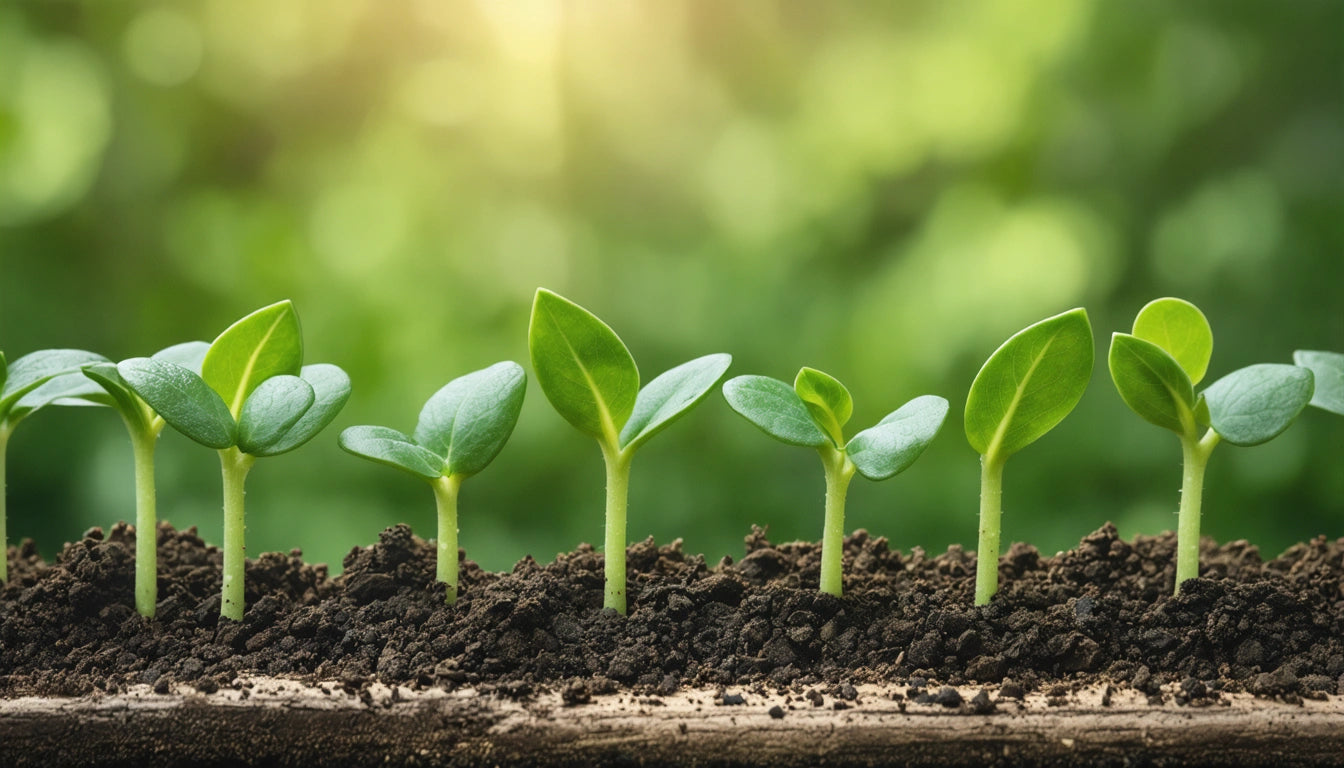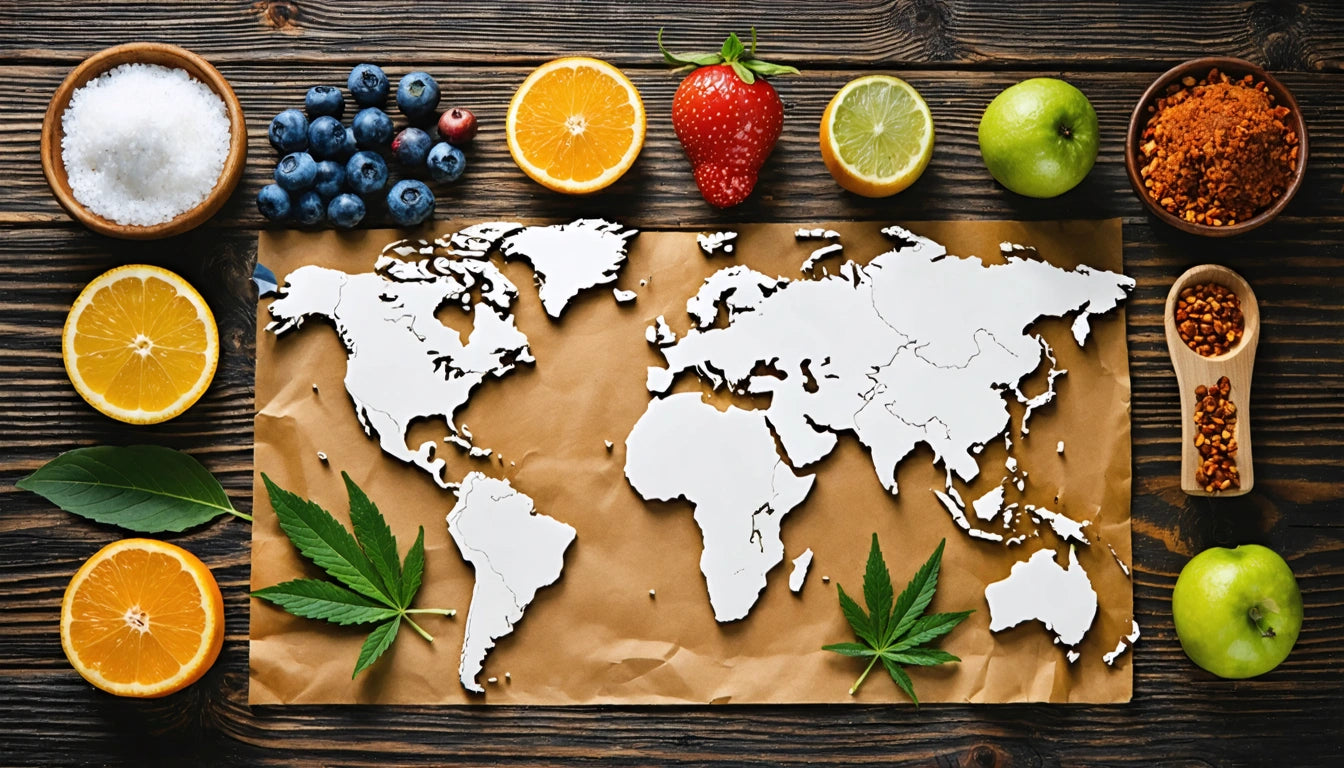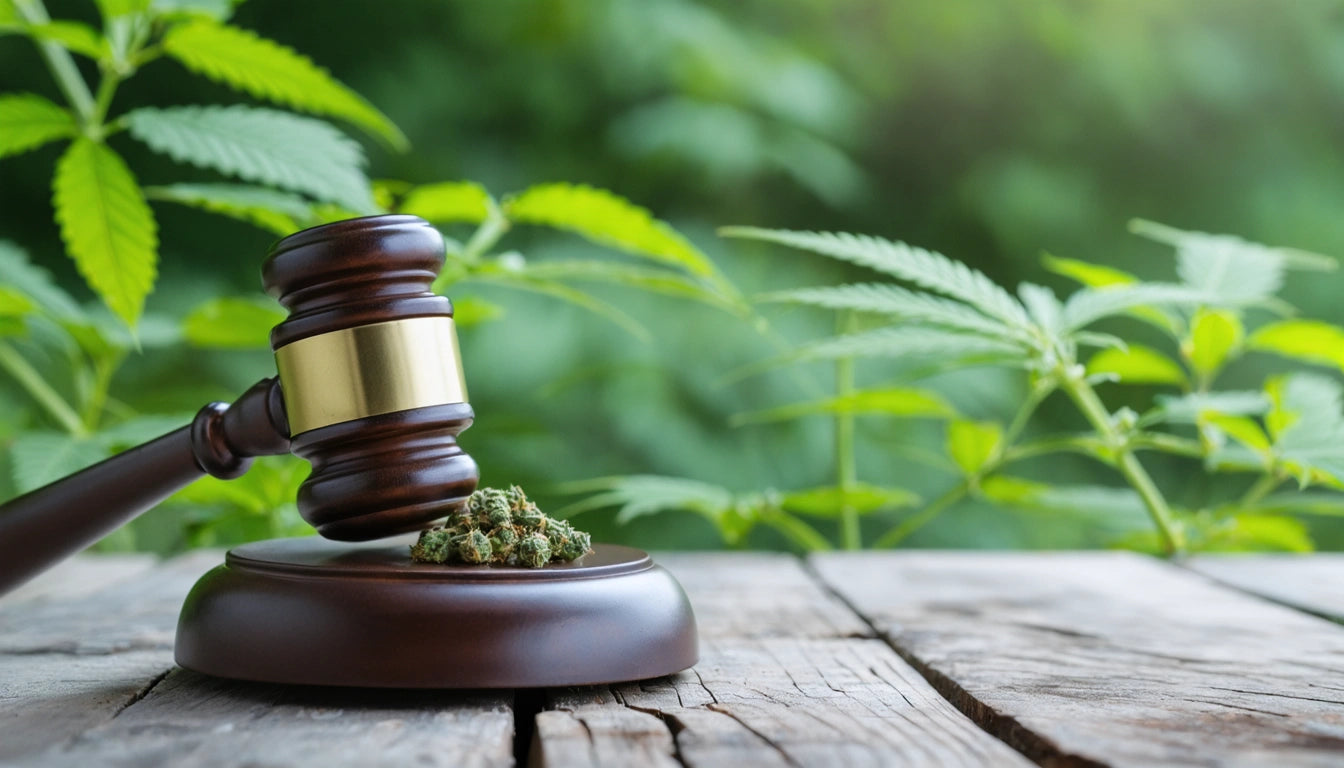Table of Contents
- When to Put Seedlings Under Light: Timing Is Everything
- Optimal Duration: How Long to Keep Grow Lights On Seedlings
- Do Seedlings Need Darkness? Understanding Light Cycles
- Essential Care Basics for Healthy Seedlings
- Selecting the Right Grow Lights for Your Seedlings
- Troubleshooting Common Seedling Lighting Issues
- Advanced Lighting Techniques for Robust Seedling Development
Essential Guide to Lighting and Caring for Seedlings
Proper lighting is crucial for seedling development, but knowing exactly when to put seedlings under light and for how long can be challenging for both novice and experienced growers. This comprehensive guide addresses the most common questions about seedling lighting and care to help you nurture healthy plants from the earliest stages.
When to Put Seedlings Under Light: Timing Is Everything
The question of when to put seedlings under light depends on your germination method. For seeds started in soil, provide light immediately after the first signs of emergence. For seeds germinated in paper towels or water, transfer to soil and provide light as soon as the radicle (primary root) appears.
According to research on optimal light requirements for seedling growth, delaying light exposure can result in leggy, weak seedlings as they stretch toward any available light source. Most seedlings should be under proper lighting within 24-48 hours of emergence.
Optimal Duration: How Long to Keep Grow Lights On Seedlings
Most seedlings thrive with 14-16 hours of light daily. This duration mimics spring conditions when natural seedling growth occurs. The specific duration varies by plant type:
- Vegetable seedlings: 14-16 hours
- Flower seedlings: 12-14 hours
- Herb seedlings: 14-16 hours
- Cannabis seedlings: 18-24 hours (depending on strain and growth stage)
When setting up your growing area, it's important to consider safety, especially if you have children around. Using proper safety containers with child-resistant features for storing nutrients and other growing supplies helps prevent accidents while maintaining an optimal growing environment.
Do Seedlings Need Darkness? Understanding Light Cycles
Yes, most seedlings benefit from a dark period. While some growers provide 24-hour light, research suggests that 6-8 hours of darkness promotes healthier development for most plants. During darkness, seedlings process energy gathered during light hours and develop stronger root systems.
The exception is some cannabis varieties, which can be grown under 24-hour light during the seedling stage. However, even cannabis seedlings often perform better with a short dark period to prevent stress and conserve energy.
Signs Your Seedlings Need More Darkness
- Yellowing leaves
- Curling or cupping of leaves
- Slowed growth despite adequate light hours
- Unusual or excessive stretching
Essential Care Basics for Healthy Seedlings
Beyond lighting, proper seedling care involves several key factors. Preventing seedlings from falling over requires attention to watering, spacing, and environmental conditions.
Watering Practices
Seedlings need consistent moisture without becoming waterlogged. Water from below when possible by placing trays in shallow water and allowing capillary action to draw moisture upward. This encourages stronger root development and prevents damping off disease.
Temperature Control
Maintain temperatures between 65-75 °F (18-24 °C) during the day and slightly cooler at night. Avoid placing seedlings near drafty windows or heating vents, which can cause stress and uneven growth.
Selecting the Right Grow Lights for Your Seedlings
The type of grow light significantly impacts seedling development. Successful indoor germination depends on choosing appropriate lighting technology:
- LED Lights: Energy-efficient with customizable spectrums, ideal for all growth stages
- Fluorescent T5/T8: Affordable, low-heat option perfect for seedlings
- HID Lights: High-intensity option better for later growth stages
For most home growers, LED or fluorescent options provide the best balance of cost, efficiency, and results for the seedling stage.
Light Distance and Intensity
Position lights at the correct distance to prevent burning or stretching:
- LED lights: 12-24 inches above seedlings
- Fluorescent lights: 2-4 inches above seedlings
- HID lights: 24-30 inches above seedlings
Adjust height as seedlings grow, maintaining appropriate distance to prevent light stress while providing adequate intensity.
Troubleshooting Common Seedling Lighting Issues
Even with proper timing and duration, seedlings may exhibit signs of light-related problems. Learning to identify and address these issues quickly is essential for recovery.
Leggy Seedlings
Caused by insufficient light intensity or duration. Solution: Increase light intensity by lowering lights or choosing a stronger option. Ensure proper duration of 14-16 hours daily.
Yellowing or Pale Leaves
Often indicates light burn or nutrient issues. Solution: Increase distance between lights and seedlings or reduce intensity. Check nutrient levels if adjusting light doesn't resolve the issue.
Curling or Cupping Leaves
Typically a sign of excessive light or heat. Solution: Raise lights, reduce intensity, or improve ventilation to lower ambient temperature around seedlings.
When transplanting becomes necessary, follow proper transplanting techniques to minimize stress and maintain healthy growth momentum.
Advanced Lighting Techniques for Robust Seedling Development
As you gain experience, consider implementing advanced lighting strategies to optimize seedling growth and prepare plants for productive mature stages.
Light Spectrum Tuning
Modern LED systems allow spectrum adjustment to favor different growth patterns:
- Blue-dominant spectrum (5000-7000K): Promotes compact, bushy growth ideal for seedlings
- Full-spectrum with enhanced blue: Balanced development of roots and foliage
- Gradual introduction of red spectrum: Prepares seedlings for vegetative transition
Understanding how light affects plant growth allows for precise manipulation of development patterns even from the earliest stages.
By following these guidelines for when to put seedlings under light, how long to maintain lighting, and essential care practices, you'll create optimal conditions for strong, healthy plants from day one. Remember that observation and adaptation to your specific environment and plant varieties remain key components of successful seedling cultivation.











Leave a comment
All comments are moderated before being published.
This site is protected by hCaptcha and the hCaptcha Privacy Policy and Terms of Service apply.